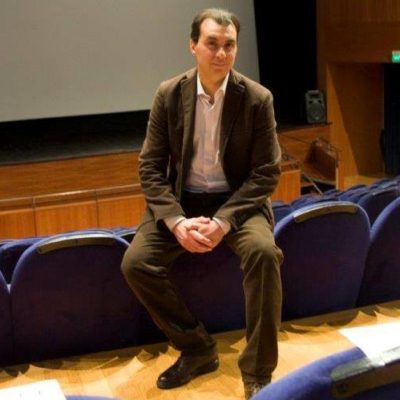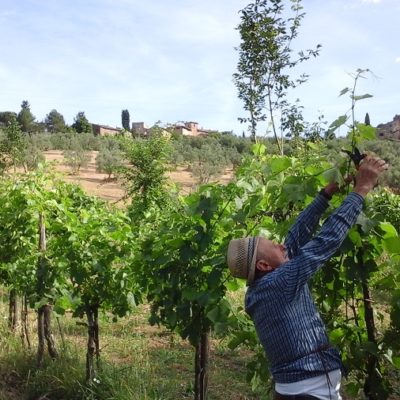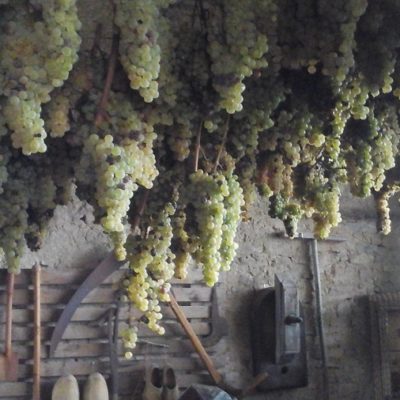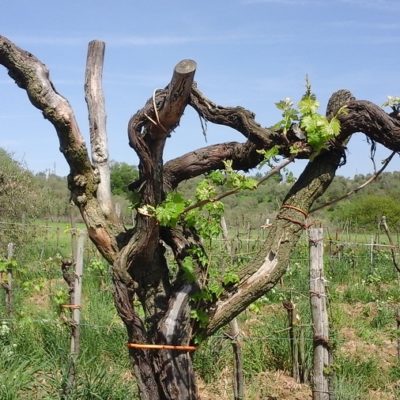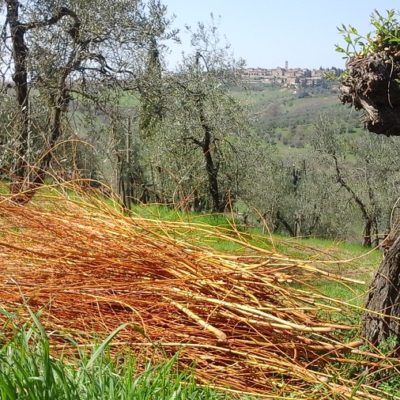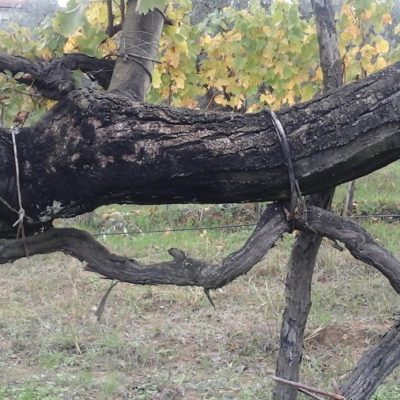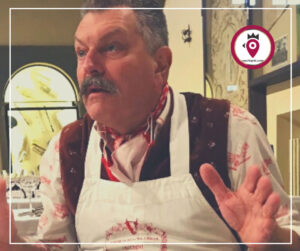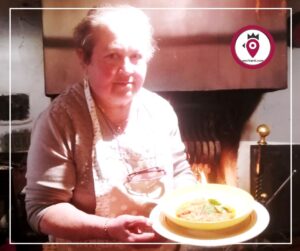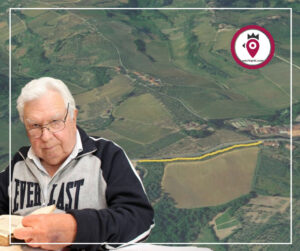Articolo disponibile anche in: Italian
Riccardo Casamonti conveys his great love for the Chianti region by directing films and making wine: two different activities that help him tell people about the Chianti.
Riccardo has directed six short films in the form of “vigil 2.0” (as he calls it), the medium length film “Capelli” and the feature film “Il Seme e il Mare”, that had sixty screenings with an audience of more than ten thousand viewers.
Protagonist Paolo Maggini also won the Best Actor Award at the ‘Terra di Siena International Film Festival’, where he was competing with the protagonist of “12 Years a slave”.
Riccardo, as well as working as a director, manages – together with his father – the “Podere Poggione” in Tignano (Barberino Tavarnelle), where he resides. The farm has a vineyard of one and a half hectares, which his grandfather – a ‘sensale’, or middleman – bought together with a sharecropper before the war.
They produce red, white (for ageing) wines and vinsanto. For a total of three thousand bottles a year: a small ‘niche’ operation. A wine making company which is to be treasured, as it keeps alive Tuscany’s traditional wine making methods.
“As a kid, in primary school, I was fascinated by theatre entertainers – Riccardo tells us – later on I attended a scriptwriting and directing workshop and I trained as an actor”.
“After high school, I studied law at University – he continues – And I started to visit spend some time in Tignano, my father’s hometown, where I used to spend the holidays every year. At the time we were living in Prato”.
“For me Tignano was (and still is) a magical place – his eyes shine as he speaks – and I decided that I wanted to move here, even before I knew what I wanted to do for a living. Right here in Tignano I found exactly what I was looking for: the tradition of the ‘veglia’, the evening get-togethers that people used to have in the countryside. And in the late nineties I moved here”.
“I listened to the stories of local elderly people and with the help of some friends I dramatised their stories – he explains – then I started making short films: stories told through the faces and the landscapes of the Chianti, using the language of comedy”.
“By chance one of these short films was seen by the culture councillor of Casole, who asked me to meet up – he continues – That’s how “Il Seme e il Mare” was born: a no-budget and no-profit road movie, which we worked at for a year on the weekends ì”.
“For the thirtieth anniversary of the Tignano Festival – he adds – I set up a show in the castle: “Racconti di provincia”, with Sergio Berti on stage. The last project I collaborated on was the short film done for the Misericordia, aimed at transmitting the values of volunteering”.
“This bucolic world has also drawn me towards viticulture – he continues – I went to recover some forgotten vines, which I was lucky enough to have growing in my little piece of land: the ‘Foglia Tonda’, the Canaiolo Pratese (called “Palle di Gatto”) and the Tuscan Trebbiano”.
“Until the nineties these vines were used to produce Chianti wine – he explains – before people’s taste moved to different, more international grape varieties. But I’ve decided to keep the local tradition alive: a dream that can come true only in small numbers, like mine”.
“In our vineyard we have 138 ‘chioppi’ – Riicardo concludes, proudly – The technical name is ‘acerus campestris’. They’re vines
similar to fruit trees, separated from each other. At least a hundred years old…They are natural sculptures “.
Noemi Bartalesi
